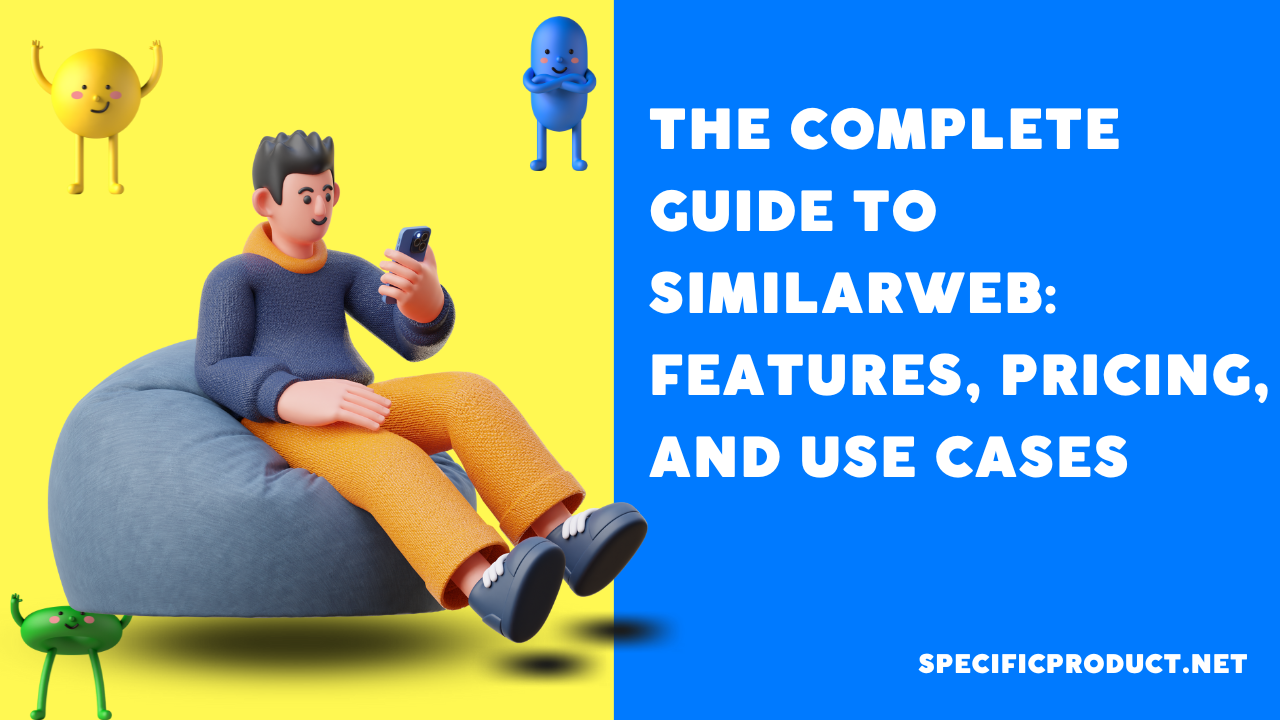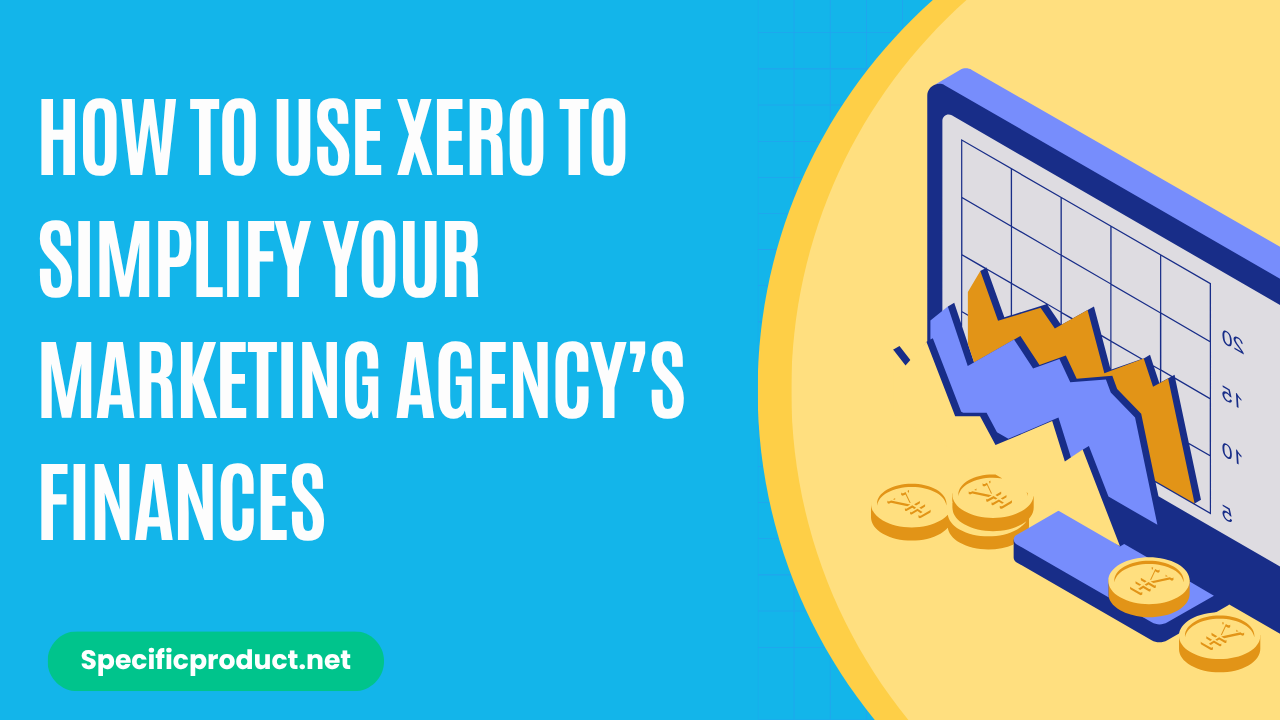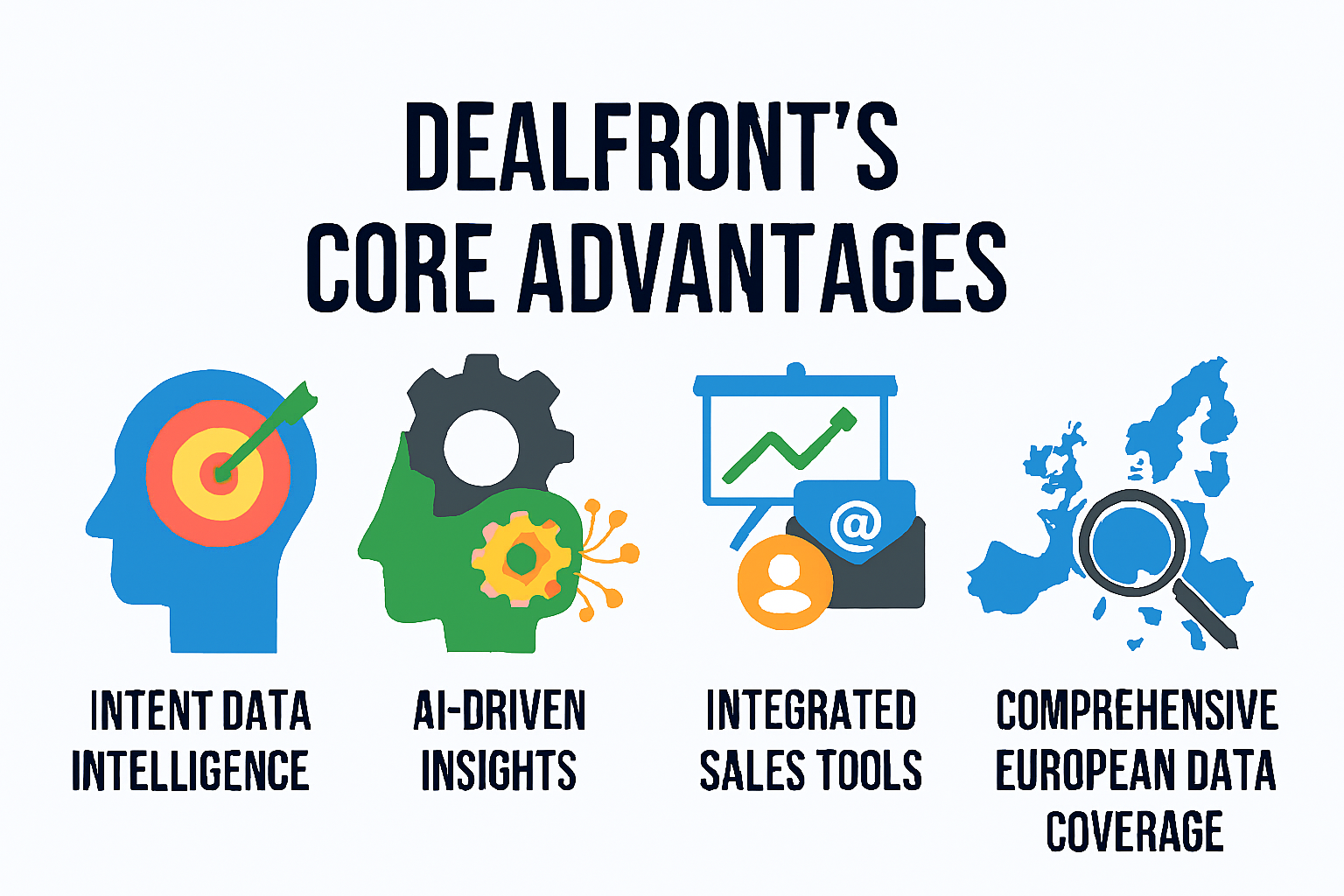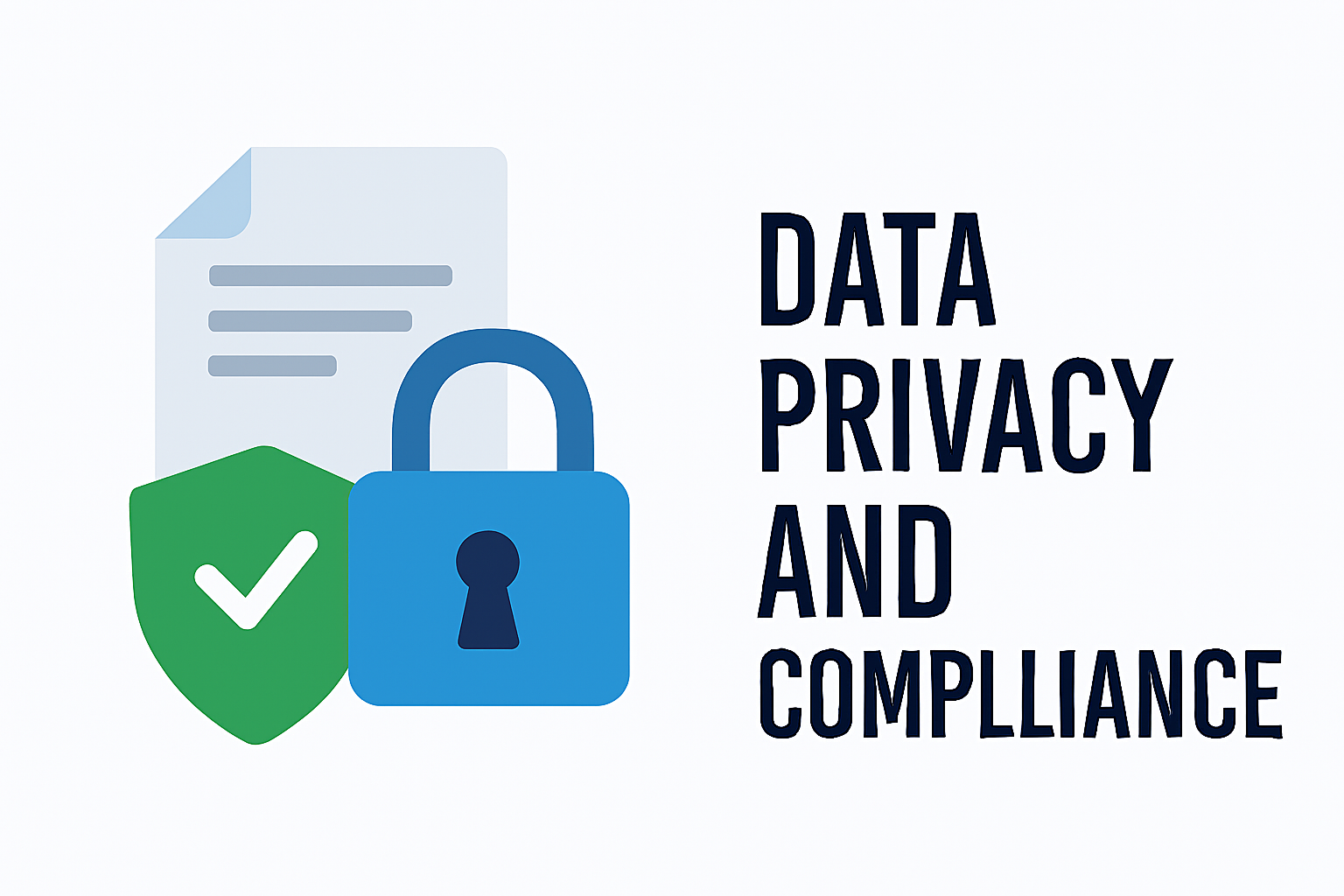


Leadfeeder vs Dealfron: Which Tool Drives Better B2B Leads in 2025?
Discover the ultimate comparison between Leadfeeder and Dealfront in this 2025 guide to B2B lead generation. Learn how these two powerful tools help businesses identify website visitors, track intent data, and boost conversions. Find out which platform — Leadfeeder or Dealfront — drives better results for your marketing and sales strategy.
Table of Contents
- 1 Introduction
- 2 Understanding B2B Lead Generation in 2025
- 3 Overview of Leadfeeder
- 4 Leadfeeder’s Strengths
- 5 Leadfeeder Pricing and Plans
- 6 Overview of Dealfront
- 7 Dealfront’s Core Advantages
- 8 Dealfront Pricing and Plans
- 9 Performance and Analytics
- 10 Data Privacy and Compliance
- 11 Customer Support and User Experience
- 12 Pros and Cons of Each Platform
- 13 Pros and Cons of Each Platform
- 14 Leadfeeder Cons:
- 15 Dealfront Pros:
- 16 Dealfront Cons:
- 17 Which Tool is Right for You?
- 18 Conclusion
- 19 Frequently Asked Questions
Introduction
In 2025, B2B lead generation is more data-driven and competitive than ever. With AI, automation, and buyer intent data shaping marketing strategies, businesses are constantly searching for tools that can accurately identify and convert leads.
Two major players in this space — Leadfeeder and Dealfront — stand out for their ability to track website visitors and generate qualified B2B leads. But which one truly delivers better results in 2025? Let’s dive in and find out.
Understanding B2B Lead Generation in 2025
B2B marketing has evolved beyond simple form fills and cold emails. Today, success depends on identifying who visits your website, what they’re interested in, and when they’re ready to buy.
This is where tools like Leadfeeder and Dealfront come into play — transforming anonymous traffic into actionable leads through behavioral data, firmographics, and AI-powered insights.
In 2025, marketers prioritize:
- Intent-based lead identification
- Real-time visitor tracking
- Seamless CRM integration
These features directly impact conversion rates and overall ROI.
Overview of Leadfeeder
Leadfeeder is a powerful lead intelligence tool that helps B2B companies uncover which businesses visit their website — even if they don’t fill out a form.
By connecting visitor IPs with company data, Leadfeeder provides detailed insights such as:
- Company name and size
- Industry and location
- Pages visited and duration of stay
- Key decision-makers’ contact details
It integrates smoothly with popular CRMs like HubSpot, Pipedrive, and Salesforce, ensuring leads flow effortlessly into your sales funnel.
Leadfeeder’s Strengths
- Accurate Visitor Identification:
Leadfeeder tracks IPs and matches them with company databases to reveal hidden opportunities. - CRM Integration:
Automatically sync leads and activities with your existing CRM. - Behavioral Insights:
Understand what potential clients are looking for through page visits and actions. - Lead Scoring:
Prioritize leads based on engagement and interest levels.
Leadfeeder Pricing and Plans
Leadfeeder offers a free version with limited data visibility and a premium version starting around $139/month.
The premium plan provides unlimited users, full visitor details, and advanced integrations, making it ideal for small to mid-sized teams looking for actionable lead intelligence.
Overview of Dealfront
Dealfront is the evolution of Leadfeeder — a result of the merger with Echobot, combining visitor tracking with powerful sales intelligence.
This rebranding positioned Dealfront as a complete go-to-market platform for B2B companies, focusing on lead generation, intent data, and real-time sales insights.
Dealfront now offers:
- Enhanced company data enrichment
- AI-powered intent tracking
- Multi-channel sales outreach capabilities
Dealfront’s Core Advantages
- Intent Data Intelligence:
Dealfront tracks buyer intent signals from various sources, helping sales teams identify prospects earlier in the journey. - AI-Driven Insights:
Uses artificial intelligence to analyze engagement patterns and forecast lead potential. - Integrated Sales Tools:
Combines CRM, email, and data management tools within one platform. - Comprehensive European Data Coverage:
Ideal for EU-based businesses with strict GDPR requirements.
- Intent Data Intelligence:
Dealfront Pricing and Plans
Dealfront’s pricing is customized based on company size and features required. While generally more expensive than Leadfeeder, it includes broader functionalities like sales enablement, intent tracking, and data enrichment — making it better suited for larger enterprises.
Performance and Analytics
Dealfront edges ahead in terms of analytics and insight depth. While Leadfeeder offers real-time visitor tracking, Dealfront goes further by analyzing buyer intent, competitor activity, and engagement trends — giving sales teams a clearer roadmap to conversion.
Top 10 Reasons Why eCommerce Brands Choose Postscript for SMS Marketing
VWO Review 2025: Is It the Best A/B Testing Tool for Your Business?
Top 7 Benefits of Using Restream for Social Media Marketing
How Todoist Can Boost Your Marketing Team’s Productivity
Cider Review: Why Gen Z Loves This Trending Fashion Brand
Data Privacy and Compliance
Both platforms comply with GDPR and prioritize secure data handling. Dealfront, however, offers more robust tools for compliance documentation and European data protection, making it a safer option for EU businesses.
Customer Support and User Experience
Leadfeeder is known for its clean interface and quick setup — ideal for beginners. Dealfront, on the other hand, offers a more advanced dashboard with customizable workflows and dedicated customer success support, which may require a short learning curve.
Pros and Cons of Each Platform
Pros and Cons of Each Platform
- Affordable and easy to use
- Great CRM integration
- Real-time tracking
- Ideal for SMEs
Leadfeeder Cons:
- Limited data enrichment
- Basic intent tracking
Dealfront Pros:
- Advanced AI analytics
- Rich lead enrichment
- Integrated sales and marketing platform
- Excellent GDPR compliance
Dealfront Cons:
- Higher pricing
- Slightly steeper learning curve
Which Tool is Right for You?
If you’re a small to medium-sized business focused on identifying and tracking website visitors, Leadfeeder offers a cost-effective, easy-to-implement solution.
However, if your company needs a comprehensive B2B intelligence platform with deeper insights, Dealfront is the stronger choice. It combines lead generation, intent data, and sales enablement — ideal for enterprises seeking scalability and precision.
Conclusion
In the Leadfeeder vs Dealfront showdown, the winner depends on your business goals.
- Choose Leadfeeder if you need a simple, budget-friendly lead tracking tool.
- Choose Dealfront if you want an all-in-one, AI-powered platform for complete B2B intelligence.
Both are exceptional in their own right, but in 2025, Dealfront takes the lead with its advanced data capabilities and integrated approach to B2B marketing.
Frequently Asked Questions
Dealfront offers enhanced AI-driven insights and sales enablement features, while Leadfeeder focuses primarily on website visitor tracking.
Yes. Dealfront includes all of Leadfeeder’s core functionalities and adds advanced sales and intent tracking features.
Both integrate well with popular CRMs like HubSpot and Salesforce, but Dealfront offers more automation options.
Yes, for smaller businesses or those with limited budgets, Leadfeeder remains a powerful and cost-effective option.
Dealfront provides better ROI for enterprise users seeking deep analytics, while Leadfeeder suits smaller teams looking for essential lead tracking.
Recent Post


Why edX Is Transforming Education for Students and Professionals Worldwide

Corporate Finance Institute Review: Courses, Certifications, and Career Benefits

Why Eufy DE&UK Is Dominating the Smart Security Market This Year

The Phoenix: A Powerful Symbol of Business Rebirth and Brand Transformation

What Is the Corporate Finance Institute? A Complete Guide for Business Professionals

The Complete Guide to Similarweb: Features, Pricing, and Use Cases

How to Use Xero to Simplify Your Marketing Agency’s Finances

How to Use ZoomInfo to Supercharge Your Marketing Agency’s Lead Pipeline

Time Doctor Review 2025: The Ultimate Productivity Tool for Remote Teams







